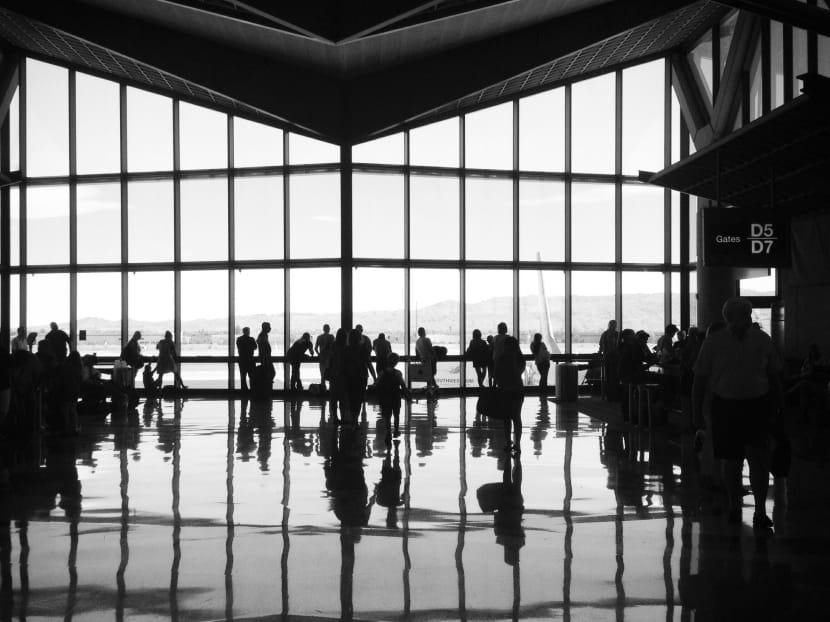Proposal for ‘Asean community carrier’ with no ownership restrictions
SINGAPORE — Domestic laws and agreements among regional countries on ownership and control of airlines should be liberalised in order to bring in more foreign investments and meet growing demand from trade and tourism, an aviation law professor at the National University of Singapore has proposed.

NUS aviation law professor Alan Tan has proposed for an "Asean community carrier" to be created for the region. Photo: Grimur Grimsson
SINGAPORE — Domestic laws and agreements among regional countries on ownership and control of airlines should be liberalised in order to bring in more foreign investments and meet growing demand from trade and tourism, an aviation law professor at the National University of Singapore has proposed.
Arguing against the protectionist nature of the aviation sector, NUS Law School professor Alan Tan called for the Association of Southeast Asian Nations (Asean) to take a leaf out of the European Union’s (EU) book, by creating a “community carrier” — with no restriction on ownership rights and flight routes — to serve the region.
His proposal was published in a paper on Wednesday (Dec 27) by Malaysian think-tank Institute for Democracy and Economic Affairs. Prof Tan, who was born in Malaysia, has been engaged as a consultant on aviation liberalisation in Asia by Asean, and the Asia-Pacific Economic Co-operation forum.
“The result will be greater benefits for the Asean air transportation system, allowing airlines to operate more efficiently and to meet growing demand from trade and tourism,” said the paper authored by Prof Tan.
Around the world, airlines are bound by strict ownership and control rules because they are deemed by countries to be “strategic assets”.
Prof Tan noted that currently, there are two types of restrictions in the aviation industry: Under domestic law, airlines of a particular country can be licensed for operation only if majority ownership and control reside in its nationals. Separately, air services agreements between two countries stipulate that the designated airlines to operate services between them must be “substantially owned and effectively controlled” by their respective nationals.
“While individual countries can choose to abolish the ‘internal lock’ simply by amending their own laws, the ‘external lock’ cannot be easily dismantled,” the paper wrote.
It cited the example of Australia, which allows foreigners to own — up to 100 per cent — and operate an airline in Australia under its domestic law. However, such an airline can only fly domestic routes. “The moment it wishes to fly elsewhere, it would come up against the ‘external lock’ found in Australia’s bilateral air services agreements with other countries,” the paper said.
To that end, Prof Tan suggested that Asean member states recognise community carriers designated to operate in each other’s countries. Air services agreements with non-Asean countries should also be amended to recognise these airlines.
The proposal was welcomed by Mr Brendan Sobie, chief analyst at CAPA Centre for Aviation. However, he believed that it would not be feasible. “It’s a great proposal... There are limitations with the Asean’s existing single aviation market agreement which could be addressed if these solutions were adopted,” he said. “However, I don’t see it happening. Unfortunately, some of the member countries are unlikely to agree to the proposed amendments.”
He added that from a commercial perspective, the Asean aviation market is “suffering from overcapacity with intense competition, and at times irrational competition”.
In his paper, Prof Tan acknowledged the potential obstacles. Among other things, it can be a “difficult political task” for Asean countries to allow other member states to hold a majority stake in their airlines.
It would also be a challenge to ensure that community carriers can fly to other countries outside the Asean region. Following in the footsteps of the EU members, Asean states will need to negotiate as 10 separate countries, not as a bloc, the paper said. This has been done before in negotiations that led to the Asean-China Air Transport Agreement in 2010, it added.






